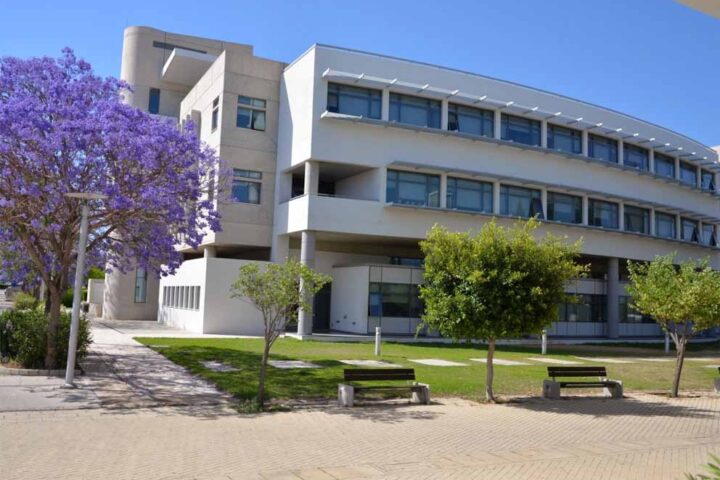The U.S. economy grew at a much slower pace than initially thought in the third quarter, restrained by weak business investment and a slightly more aggressive liquidation of inventories, according to data on Tuesday.
The Commerce Department's final estimate showed gross domestic product grew at a 2.2 percent annual rate instead of the 2.8 percent pace it reported last month. Analysts polled by Reuters had forecast the report to show GDP, which measures total goods and services output within U.S. borders, unrevised at a 2.8 percent growth rate in the third quarter.
It was still the fastest pace since the third quarter of 2007 and ended four straight quarters of decline in output. The resumption of growth in the July-September period probably ended the most brutal recession since the 1930s.
Growth was boosted by government stimulus programs, including the popular cash for clunkers and tax credit for first-time home buyers, and debate continues to rage over the sustainability of the recovery once government support wanes.
Business spending in the third quarter was weaker than the government had estimated last month. Business investment fell at a 5.9 percent rate instead of 4.1 percent, the department said.
A deeper than initially thought slump in the construction of nonresidential structures and stronger demand for imports, which overshadowed the growth in exports, held back growth in the third quarter, the report showed.
Nonresidential building activity dropped 18.4 percent in the third quarter rather than 15.1 percent, a reflection of the troubles in the commercial property market. That shaved 0.68 percentage points off GDP.
Imports jumped 21.3 percent, the biggest gain since the first quarter of 1984, instead of 20.8 percent, while exports grew 17.8 percent. That left a trade gap which lopped off 0.81 percentage points from GDP in the last quarter.
While consumer spending was slightly revised down, it helped to offset the drag on growth from a steep drop in business investment. Consumer spending, which normally accounts for about 70 percent of U.S. economic activity, grew at a 2.8 percent annual pace in the third quarter rather than the 2.9 percent rate the government estimated in November.
Businesses liquidated accumulated stocks of unsold goods more aggressively than previously thought. Business inventories fell $139.2 billion in the third quarter, rather than the $133.4 billion the government estimated in November.
Inventories plunged a record $160.2 billion in the second quarter. The change in inventories added 0.69 percentage points to real GDP in the third quarter.
Excluding inventories, GDP rose at a 1.5 percent rate instead of 1.9 percent. Final sales increased at a 0.7 percent pace in the second quarter.
The GDP report also showed after tax corporate profits grew 12.7 percent in the third quarter, instead of the 13.4 percent forecast last month. It was still the largest gain since the first quarter of 2004, but below market expectations for 13.4 percent. Deeper cost-cutting by companies, mostly headcount reduction, to deal with weak demand has boosted corporate profits.







